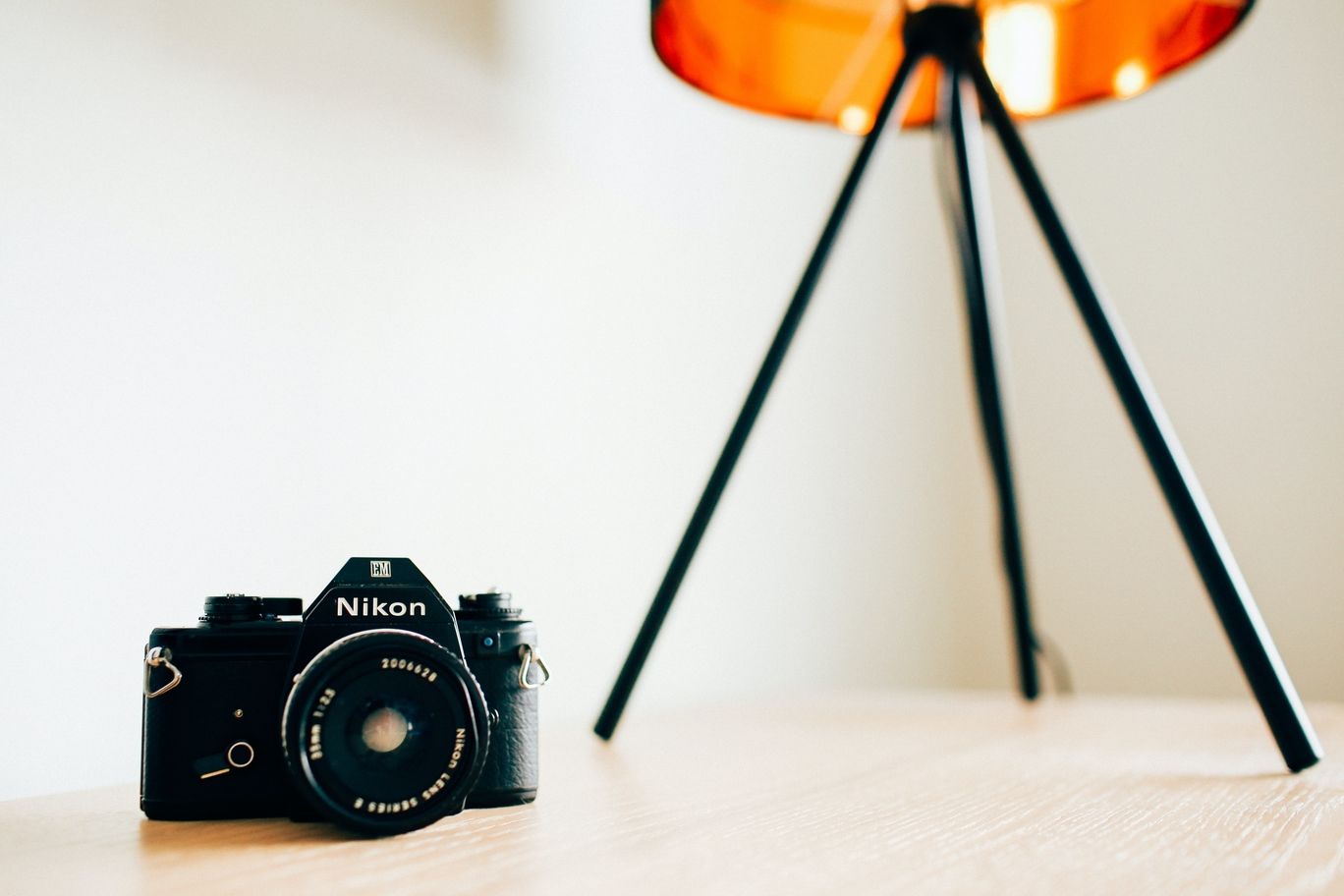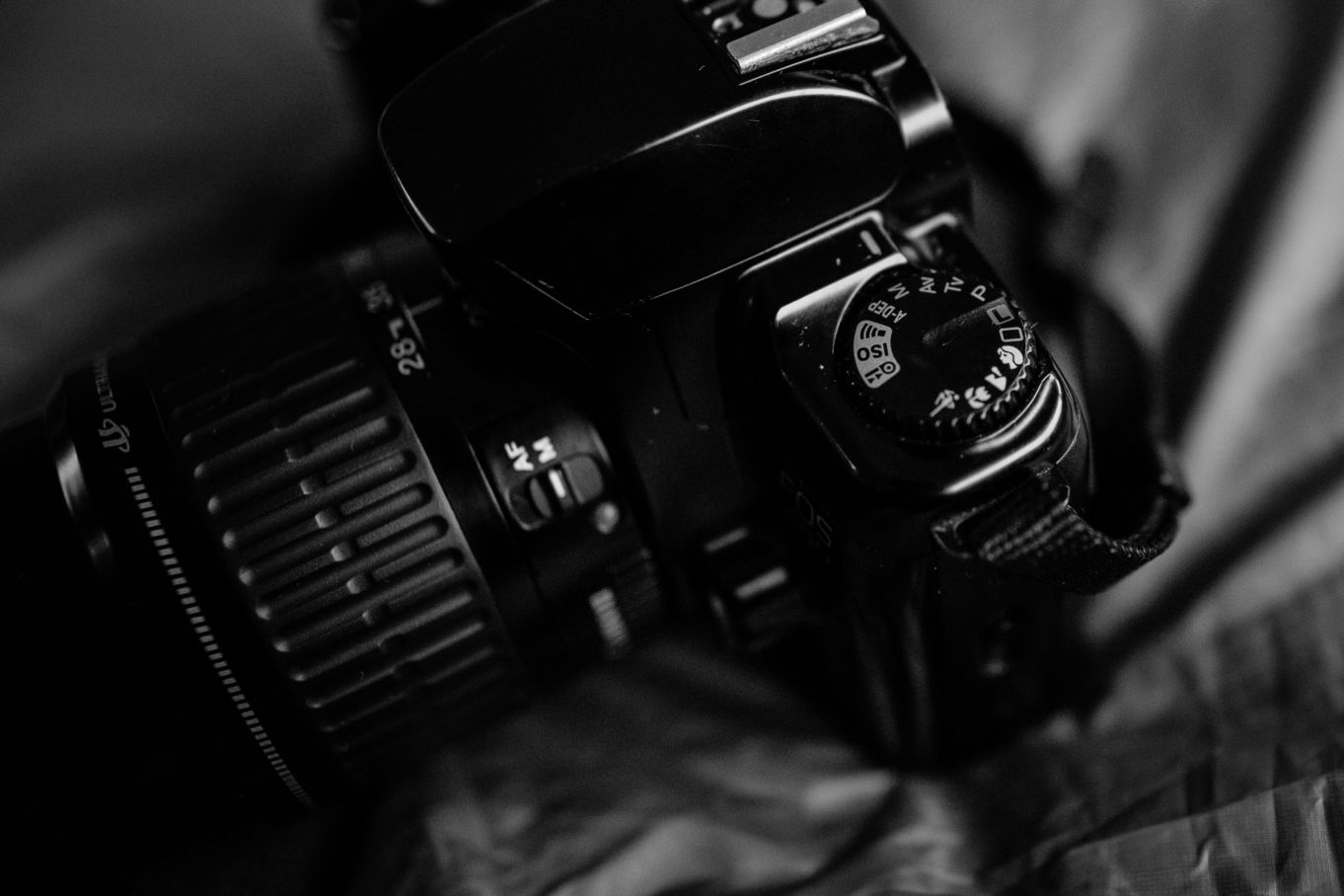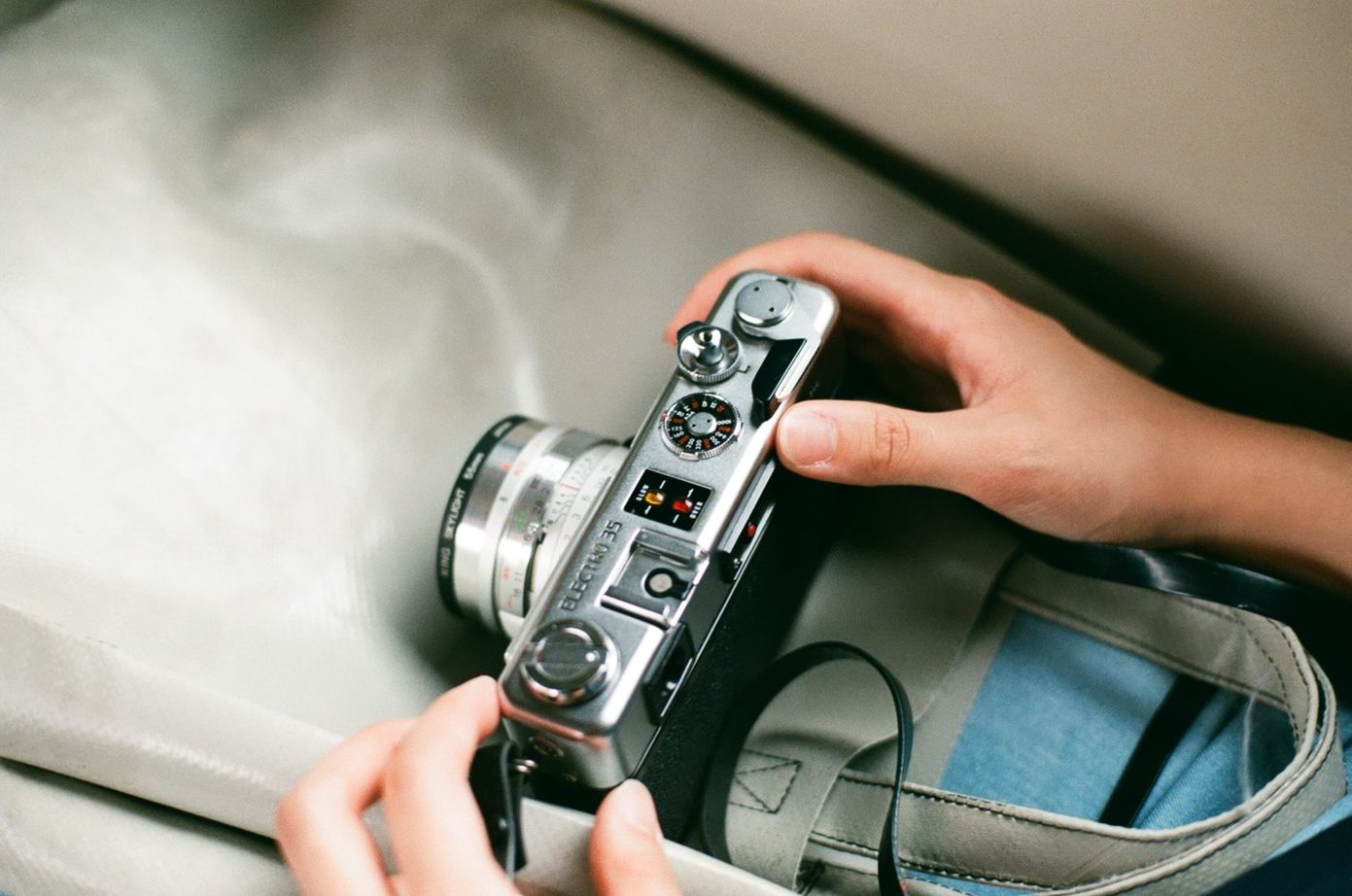Dynamic Range: What Is It & How to Elevate Your Pics With It
Rent film gear from local filmmakers.

Rent film gear from local filmmakers.
Your camera’s dynamic range is essential to learn and understand to correctly expose your photographs.
If you’re ever taking photos on a bright sunny day, you may realize that you lose detail.
This isn’t your fault- it is due to the limited dynamic range of your camera. Read on to discover what dynamic range is and how to use it to better your photography.
What is dynamic range in photography?
Dynamic range is the contrast ratio between the brightest and darkest color tones that your camera can capture in a single exposure.
The maximum dynamic range is the highest range of light a camera sensor can capture.
Different cameras and sensors will have larger or smaller dynamic ranges. As long as the dynamic range of the subject doesn’t exceed the dynamic range of the camera, your photograph will be perfectly exposed.
Dynamic range is measured in something called stops. While our eyes can detect up to 20 stops of dynamic range, the highest-end DSLR cameras can only reach 14 stops.
How does dynamic range affect your image?
- Opportunities for greater detail in highlights and shadows;
- Allows for more control over your image when editing;
- Makes you less reliant on artificial lighting.

High vs low dynamic range
When out in nature try looking at the woods on a sunny day. This scene presents opportunities for high contrast photography and for exploring dynamic range.
The deeper shadows within the woods contrast heavily against the brighter highlights found in the sky and dusted across the treetops- creating high dynamic range conditions.
You might find that your camera will struggle to capture the full dynamic range of the scene. If you’re new to high-contrast photography, it’s perfectly normal to have difficulties with under or over-exposure.
If you now visit those woods on a rainy or overcast day, the contrast will be reduced. This is a perfect example of a low dynamic range, so it’s easier to photograph.
5 tips for using dynamic range in photos
1. Try using an ND filter
Graduated neutral density filters work by limiting the amount of luminance that reaches your camera sensor on specific parts of the image.
Neutral density filters will block the entire image. This is great for specific areas which appear too light- and they come in a variety of darkness levels.
Landscape photographers may find these especially useful when shooting flat horizontal landscapes.

2. Add artificial lighting
Using a camera flash or extra lights will help fill in the darkest areas of your photo. This will decrease the range of light that your camera needs to capture.
This is especially helpful for close-range shots, less so for those far away.
3. Adjust your camera settings
Most modern cameras will have fancy exposure settings to optimize your photography in various lighting conditions.
If you use a low ISO setting, this expands the camera's dynamic range to capture high-contrast scenes.
4. Experiment with a high dynamic range (HDR)
High dynamic range photography, or HDR, is a post-processing technique that combines multiple photos with multiple exposures into a single image.
To do this, shoot one scene several times with different exposures to capture the entire light range. Then, you can use your photo editing software of choice to merge the pictures together.
This can be a great (but tedious) way to properly expose your photographs, but you can’t use this technique on moving objects.

5. Bracket your images
It’s handy to think of dynamic range as a bracket, a tonal spectrum of white to black. The dynamic range of your camera is the range on the tonal spectrum where the camera retains detail.
Everything outside of this becomes reduced to black or clipped to white. Cameras with higher ranges are better at retaining detail in highlights and shadows.
When shopping for cameras, hunt for one with a higher dynamic range, or keep this bracket in mind while shooting to optimize your images.
Learn more. Become a better photographer
Now that you’re all clued up on the dynamic range, why stop there?
There’s a whole world of photography techniques to explore to take your images to the next level. Check out our page on photography to get started.
What is dynamic range?
Dynamic range is the contrast ratio between the brightest and darkest color tones that a camera can capture in a single exposure.
What is a good dynamic range?
Most cameras on the market have a maximum of 10-14 stops of dynamic range. But, this depth only helps minimize image posterization since the total dynamic range is usually limited by noise levels.
How important is dynamic range in photography?
Dynamic range is essential for maximizing detail in an image. Having a wide dynamic range will save you a lot of headache post-processing, so do try and look for a camera with a decent bracket.
What is the best dynamic range for a camera?
Some current cameras have exceptional dynamic range, averaging between 12 and 15 stops at varying ISOs.






















